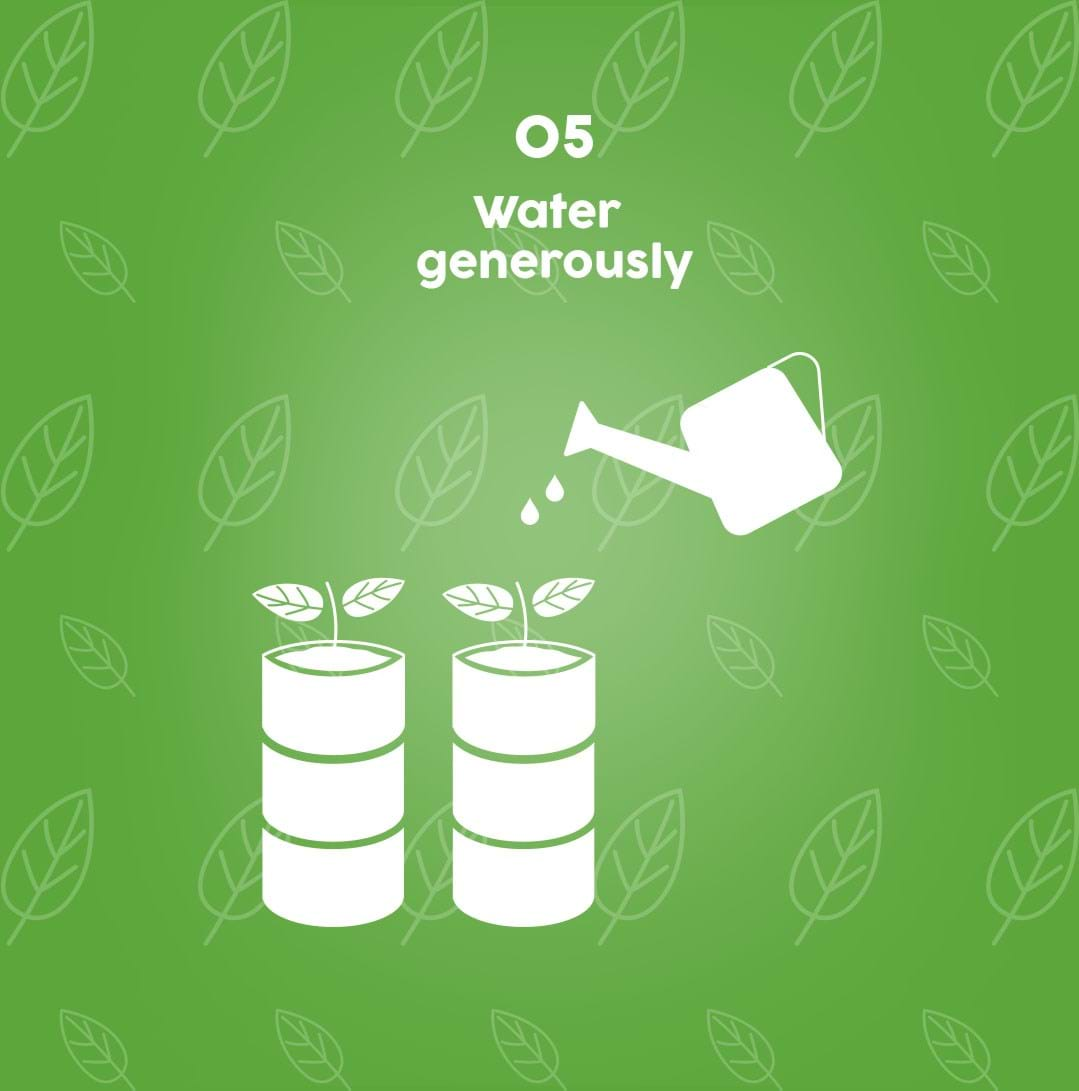Did you know that you can replant a store-bought basil plant using cardboard tubes? You don’t need a green thumb to grow your own herb garden at home! Just follow these five easy steps.
1. Gather all the required materiel
- A store-bought basil plant
- A bag of all-purpose potting soil
- Several recycled cardboard tubes
Find the right spot where your basil will be able to thrive. This aromatic herb isn’t too finicky. It’ll be happy both in your home on a windowsill that gets a moderate amount of sunlight, as well as outside in your garden
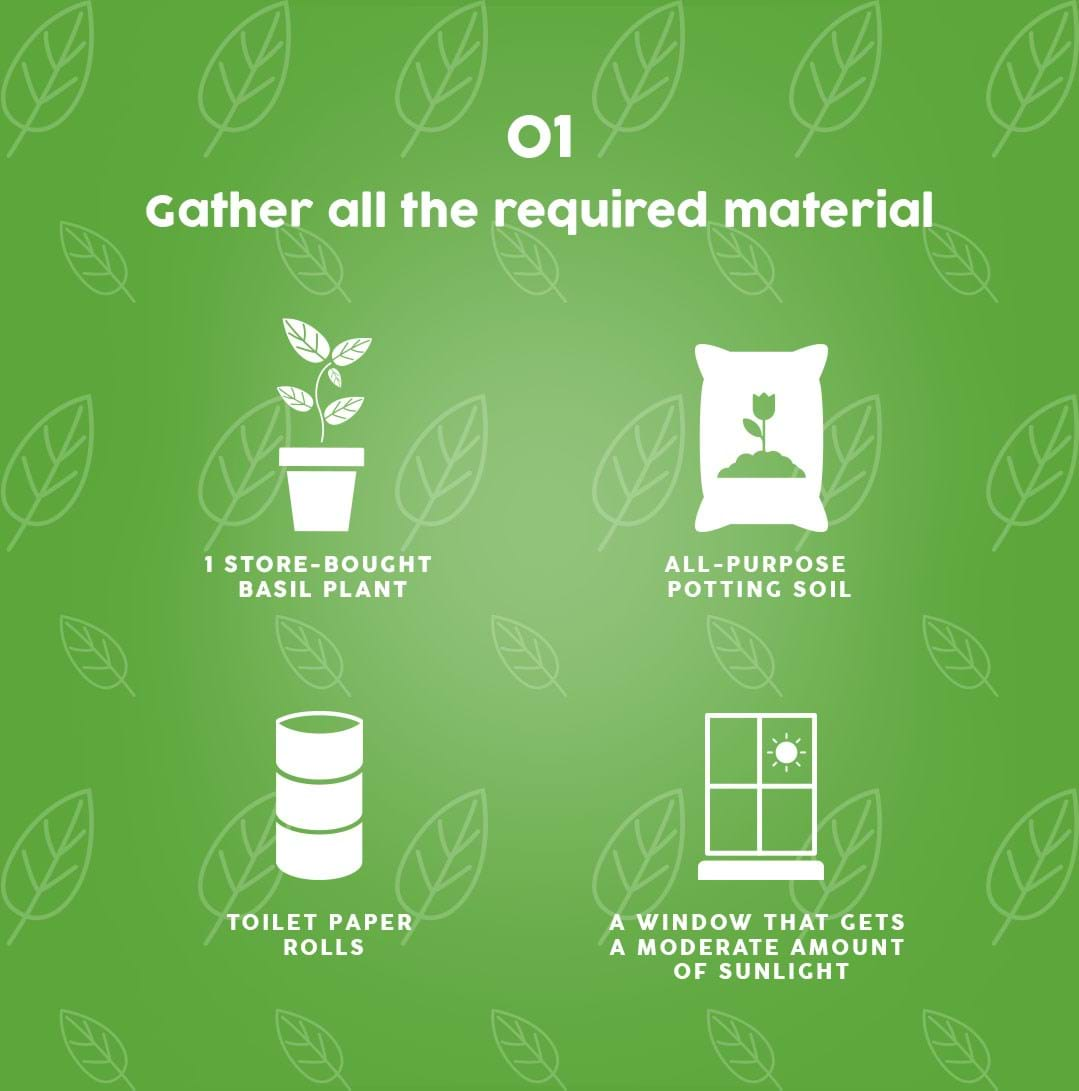
2. Separate the plant into halves
- Place your basil plant in some water to moisten the soil.
- Carefully remove the basil plant from its plastic pot.
- Be carefull not to damage the roots.
- Separate your basil in two.
- Divide eveything into different sections to get several little individual bouquets.
Tip: Use the bruised leaves to make some homemade pesto, or chop them up and sprinkle them on top of a salad.
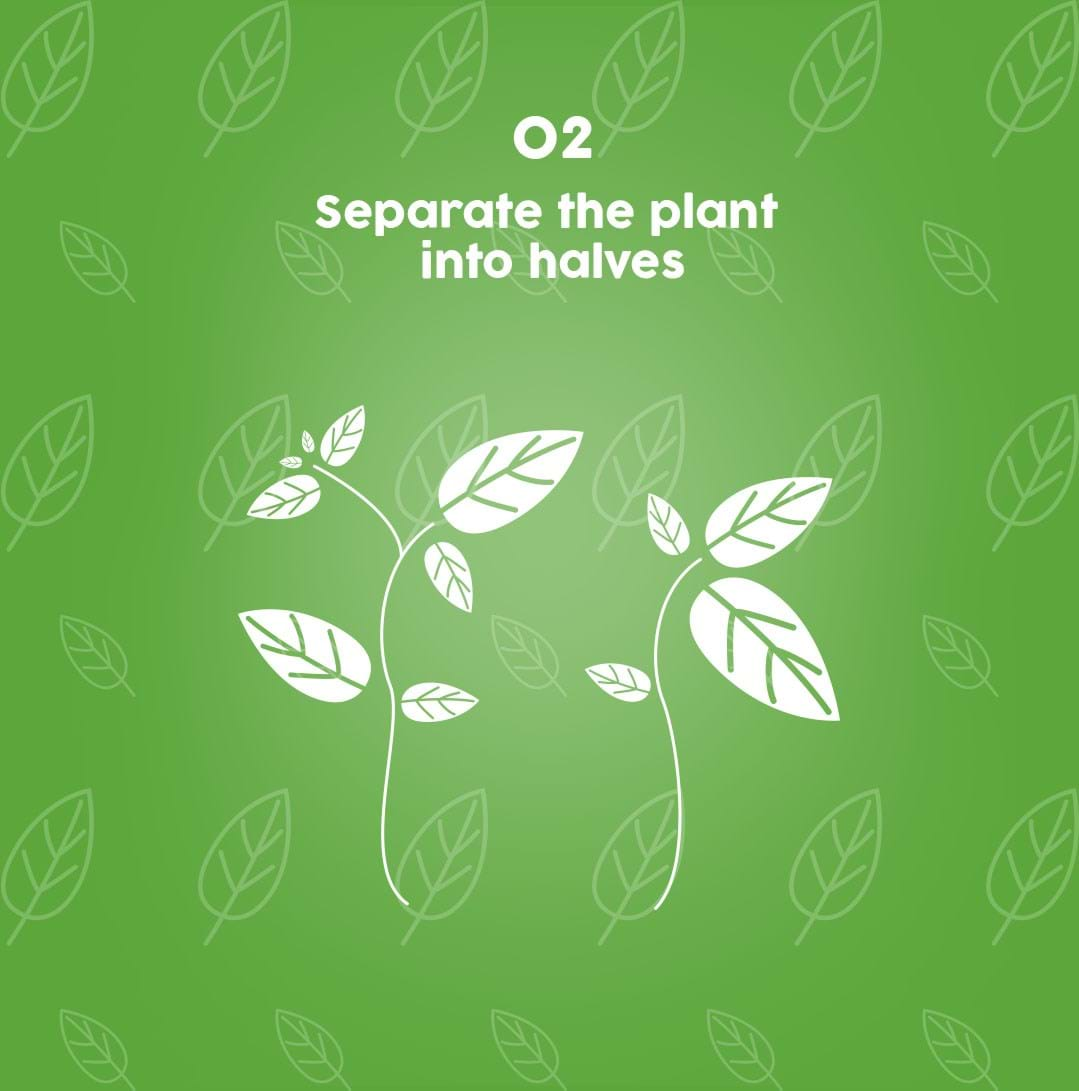
3. Pick the healthiest sprouts
- You’ll notice that some bouquets are bigger and more robust than others. These are the ones you should pick.
- Fill a cardboard tube two thirds of the way with potting soil.
- Tightly pack the soil.
- Using your finger, make a vertical hole in the soil in the middle of the tube.
- Insert an individual basil plant in each hole, root-side down.
- Gently cover the roots with soil.
Tip: Cascades Fluff® cardboard tubes are perfect for repotting projects. It’s the perfect opportunity for teaching kids about the importance of recycling while having fun at the same time!
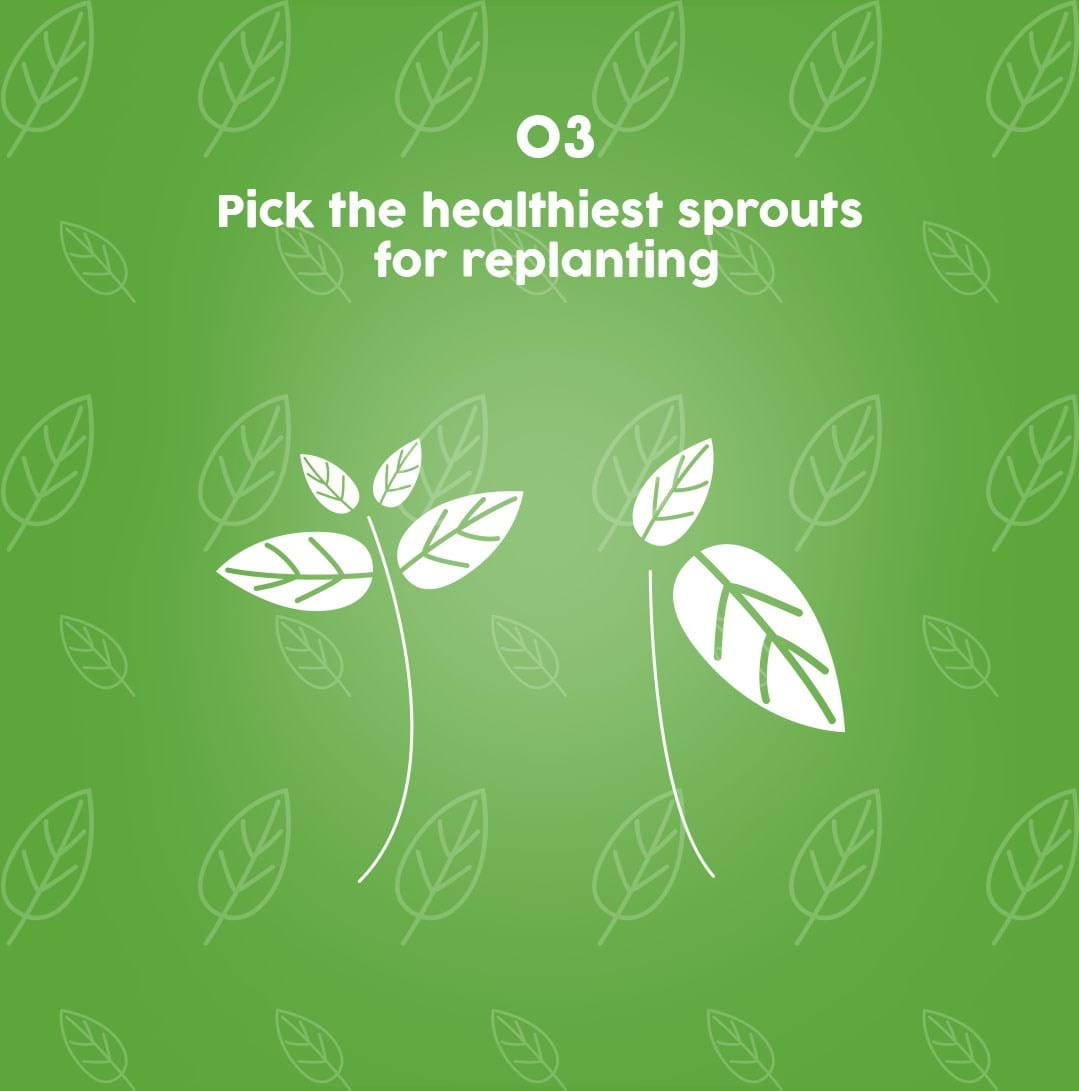
4. Pinch the extremities of the stems
Once they’ve been repotted, it’s normal for your basil to want to flower. However, flowering means the edible leaves won’t grow. So make sure to gently cut off any flower buds you see by pinching them off with your thumb and index finger. Do this throughout the summer and you’ll see your basil plant thrive.
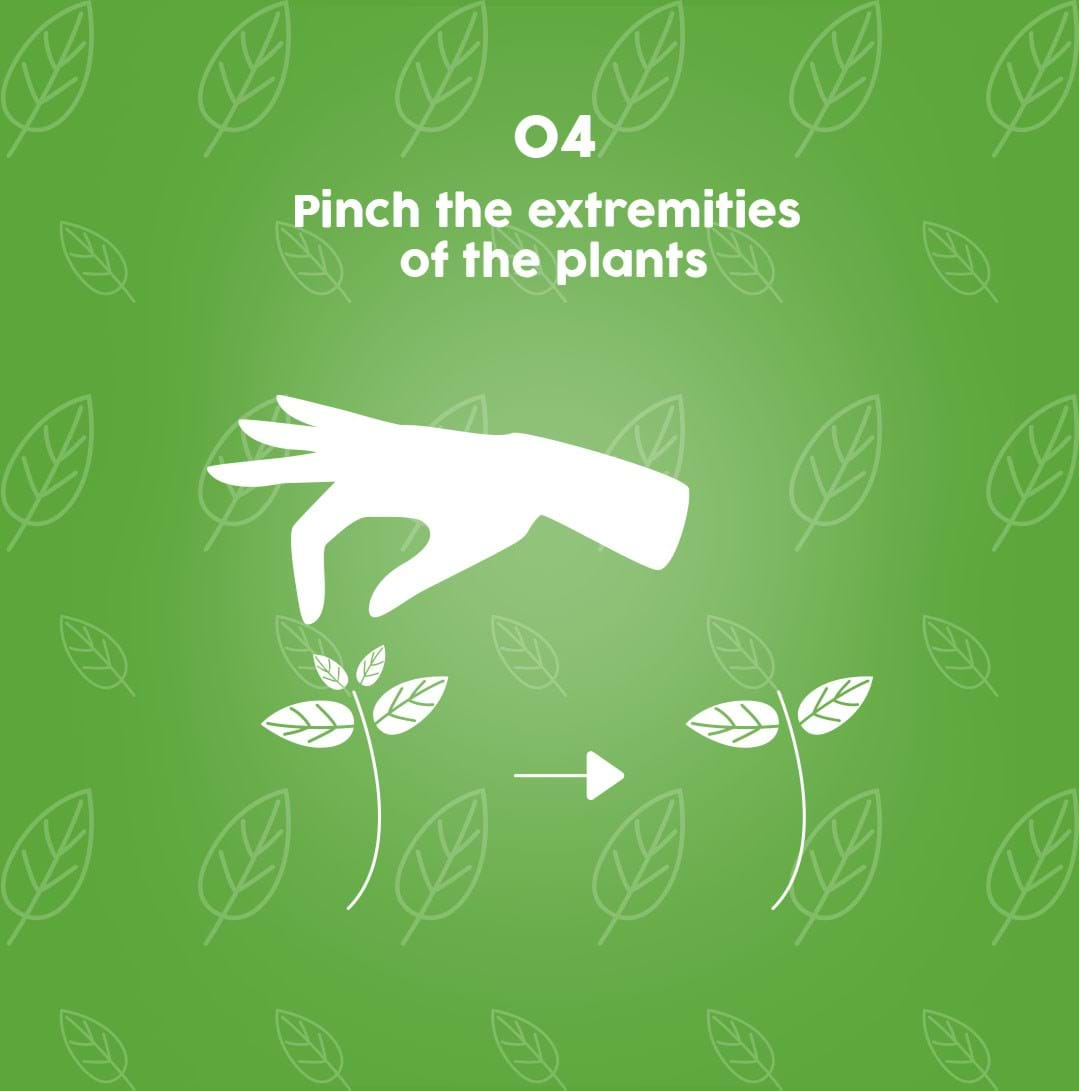
5. Water generously
Basil plants get thirsty. They need to be watered regularly with rainwater or room-temperature tap water. As soon as the stems start to wither, it’s a sign that your basil needs hydration. After just a few minutes, you’ll see the leaves come back to life.
